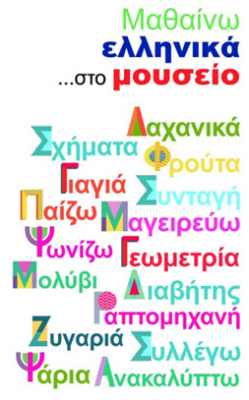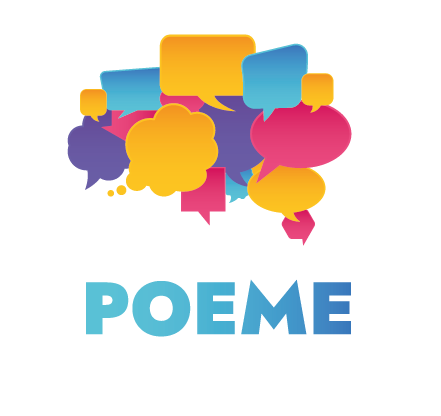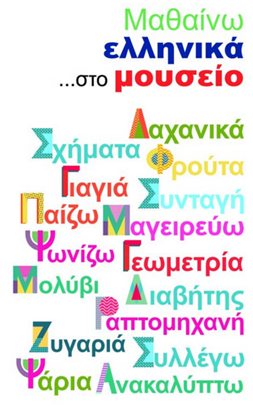 Erasmus+ POEME: Choosing exhibits for language learning
Erasmus+ POEME: Choosing exhibits for language learning
Museums and exhibitions have been proved to be vital for informal learning. They may provide an effective field of sharing, social, cultural and scientific information. What is more, they might improve attitudes towards learning and cognition offering playful and more attractive channels of knowledge acquisition in several fields. Today, exhibitions (in museums or elsewhere) alike interactive science centres and children’s museums, focus on providing experiences that are often designed explicitly to meet educational goals in several fields.
One of these fields might be language learning and acquisition. The traditional walks through a museum may not inspire motivation and interest to those who do not have a particular connection or knowledge on the exhibits. And if there is not any kind of preparation and integration in the learning process on behalf of educators, then the visit does not satisfy importantly any learning goals despite its social value, which might be analysed elsewhere. So, two important parameters should be taken into account when organizing or selecting exhibitions towards language learning and/or development.
The first parameter is to select exhibits that are able to offer cognitive, emotional and sensory stimuli in order that they offer a meaningful experience to everyone. They should fit the age range of students-visitors and engage them in active learning. In this way, they will have the chance to use the language they are learning outside the classroom, see it in “action” and, hopefully, get to feel more confident with it. The aim of employing an exhibition in language learning, is not only teach students the new language, but offer them the opportunity to view and immerse in the art, the history, the natural environment and the culture of their target language country.
A second parameter is the well-structured and efficient preparation of the exhibition visit. Educators need to have achieved the competence and access to tools to incorporate exhibition visits into their learning design. They might work more confidently in the framework of exhibitions if they understand the rationale behind their structure and the learning opportunities they might offer. This will enable them to prepare the resources that will engage students in active language learning. These should engage students in using the second language in several ways according to their knowledge level (e.g. name objects, ask questions, and organize dialogues). Students may be encouraged to create their own activities like guided tours, treasure hunts or mock interviews on the subject of the exhibition.
The constructivist, discovery and active learning theories are applied in language learning through exhibits. It is up to the teachers to select the framework of their teaching design and adopt relevant practices and activities.
The Erasmus+ POEME project is attempting to offer a kind of roadmap for the creation of exhibitions that promote the second language acquisition by immigrant students in their host countries. The developed resources will focus on both the methodology and the tools to be used, as well as the presentation of application examples, in order that the value and the contribution of the exhibition resources to language acquisition is highlighted.
References
Crowley, K., Pierroux, P., & Knutson, K. (2014). Informal learning in museums. In R. K. Sawyer (Ed.), The Cambridge handbook of the learning sciences (pp. 461–478). Cambridge University Press. https://doi.org/10.1017
Fisher, L. (2018). Learning languages outside of the classroom: a visit to the museum, MEITs blog, https://www.meits.org/blog/post/learning-languages-outside-of-the-classroom-a-visit-to-the-museum
Pikraki, A. (2019). Visite guidée dans le musée archéologique d’Héraklion: une method alternative pour l’enseignement/apprentissage du FLE chez les élèves du primaire en valorisant l’apprentissage par le vécu. Master thesis. Hellenic Open University. Available at: https://apothesis.eap.gr/
Image credits: The image is taken from the website of the Hellenic Children’s Museum and refers to their educational project “Learning Greek in the Museum” (Active citizens fund) – https://www.hcm.gr/





